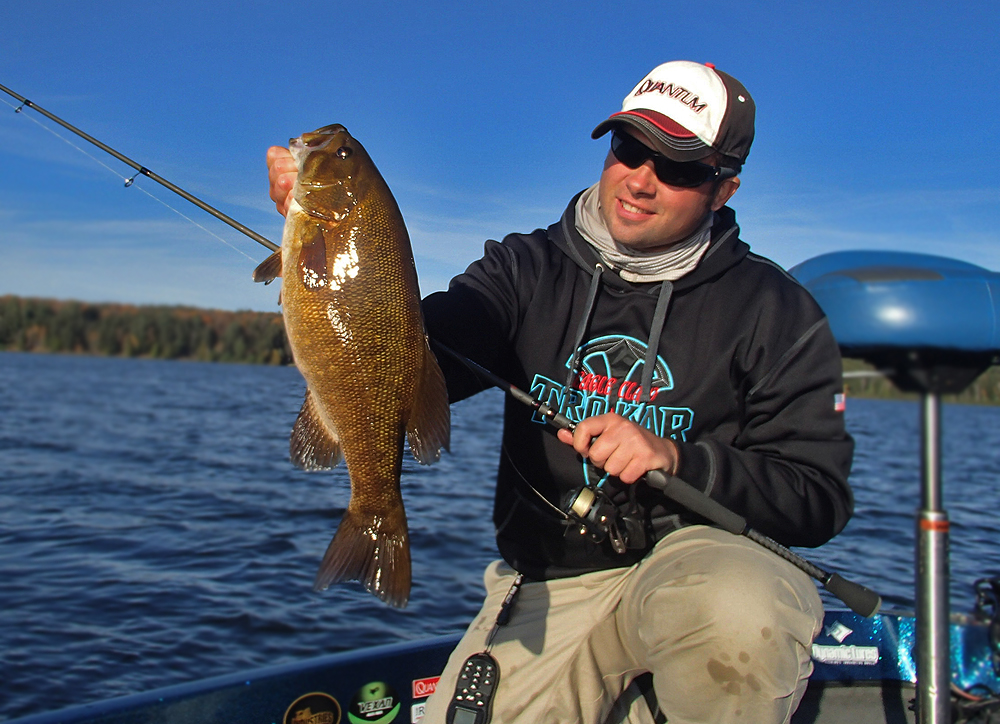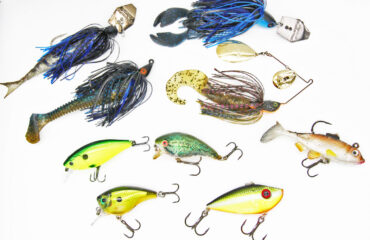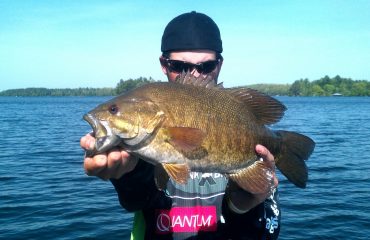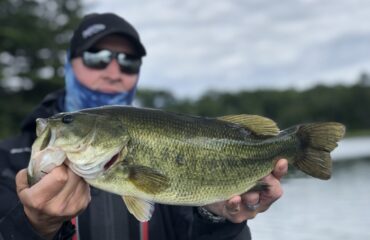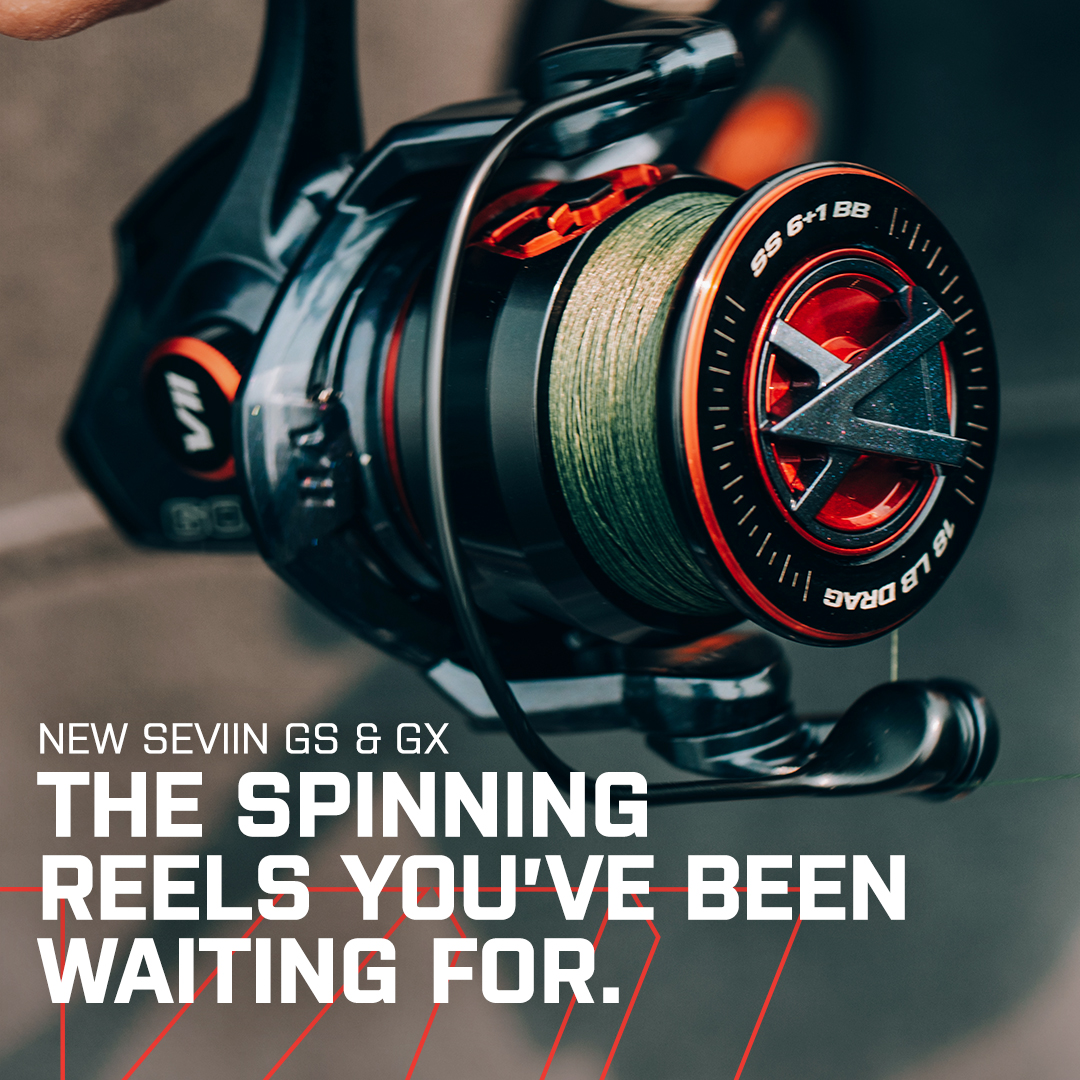Combating Fall Turnover
The lake is dirty and discolored, with remnants of weeds and detritus floating across the surface. Water clarity is mysteriously pea green and soupy as if an algae bloom broke out. Take a whiff of what’s in front of you, and you might smell a stench that’s stinky sulfuric in scent that not even Odor Eaters could mask it.
You launch the rig, unknowing of what’s set to happen. The lake is undergoing a process, so severe that it will affect your psyche. You will observe fish are disinterested and disengaged from feeding, that they’d rather seek cover and protection from this short period of cyclical, biologic change happening throughout the water column.
Consequently for many anglers, turnover has become the most difficult, dreadful period of year to bass fish. It’s also become a common, overused excuse for an unproductive day of fishing. While the event will surely dictate our strategies for lake selection and fishing techniques, it won’t impact our fishing negatively, or take our heads out from the game, unless we allow it to.
Turnover in Layman’s Terms
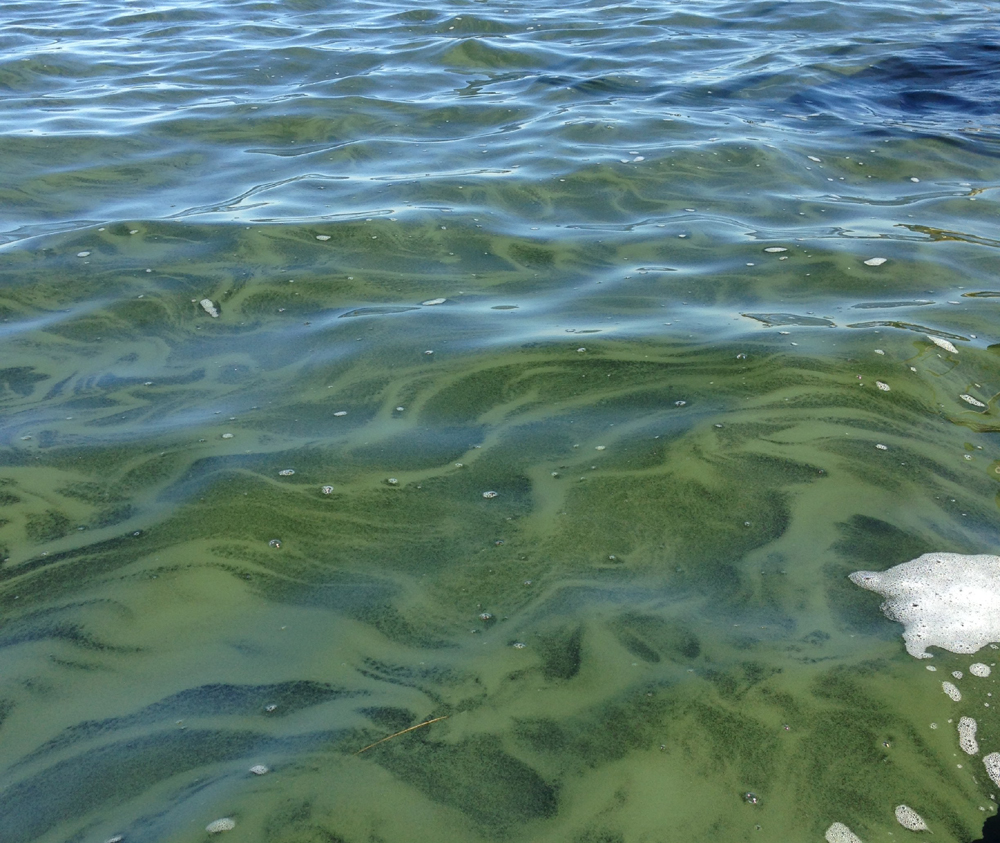 Generally taking place any time from mid September through mid October in my region, it’s the least understood concept in bass fishing. More anglers struggle fishing through the turnover period than at any other point of the year.
Generally taking place any time from mid September through mid October in my region, it’s the least understood concept in bass fishing. More anglers struggle fishing through the turnover period than at any other point of the year.
Turnover is the process of a lake’s water column turning over from top (epilimnion) to bottom (hypolimnion). During the summer, the top surface layer is the warmest and most oxygenated. It water and oxygen is heated and maintained by sunlight. The deepest layer meanwhile is the coldest, and devoid of oxygen. The sun’s radiation does not reach this cold dark layer, which is why lakes stratify during summer and establish thermoclines. On most lakes I fish, their thermocline establishes in mid-summer at 24 to 28 foot depths. This is the layer of separation between the two sections of water column.
As our water’s surface temperatures begin to cool in fall, the top layer becomes denser, causing it to sink. In return, this dense water then forces water of the lower layer to rise up into the upper column. When both meet, the lake cycles itself so that oxygen levels become uniform throughout. Hence, we have the terminology of turning over the layers.
Turnover is short and sweet, but can sometimes be prolonged by ma nature’s unwillingness to cool down air and water temperatures in order for the lake’s water column to flip over. Cooling weather and water temperature are the event’s main driving forces. The process officially begins when water temperature is in the low 60’s. It accelerates in the upper 50’s, and officially concludes when the lake settles into the low 50’s.
Tackling Turnover
Depending where in the country you bass fish, some of you might not be fortunate to have other nearby lakes at your convenience to fish. But if you must, you will grind out bites. You will grind out plenty of them to salvage the day, and to prevent turnover from becoming just another excuse for poor fishing.
On lakes that turn, many anglers fail to understand that the entire body of water will not turn over entirely at once. Large natural lakes, that I fish most often, especially don’t turn over like this. Knowing the progression of turnover of the lake you are fishing helps you locate enough unaffected areas of the lake to fish. Therefore, other sections of the lake could be less affected, and much improved. Bass in these locations will display normal behavior.
If I’m forced to fish the lake, with no other options nearby, I run across and idle around its entire shoreline hoping for better looking water. I’ll be seeking improved water clarity, and a surface that isn’t littered with plants and floating debris. Sometimes, this strategy makes all the difference in the world and you will resume fishing without any major biologic interruption.
When I have no other choice but to fish a lake of pea green soup, I keep in mind bass will be scattered throughout all depths. Most will be holding in the extreme shallows, tight to cover where oxygen level and water clarity is most improved. These fish are easiest to catch, as they are active and feeding. Additionally, fish will be suspending in deeper water, acclimating to their newly established depths and oxygen levels. These fish are significantly harder to catch, not feeding, and in my experience not worth targeting.
In the extreme shallows, where depths will always be less than 6 ft. bass will be relating to the banks, and any nearby man-made cover such as docks, boat houses, and swimming beaches. Fish will also locate and set up next to natural habitat such as bogs, laydowns, lilies, rocks, and anything else that could serve as an ambush point. They will also be most attracted to the thickest remnants of submerged green vegetation. During turnover, I often catch largemouth and smallmouth together. Fish instinctively respond, knowing that only a handful of weeks remain for heavy feeding until they will be wintering.
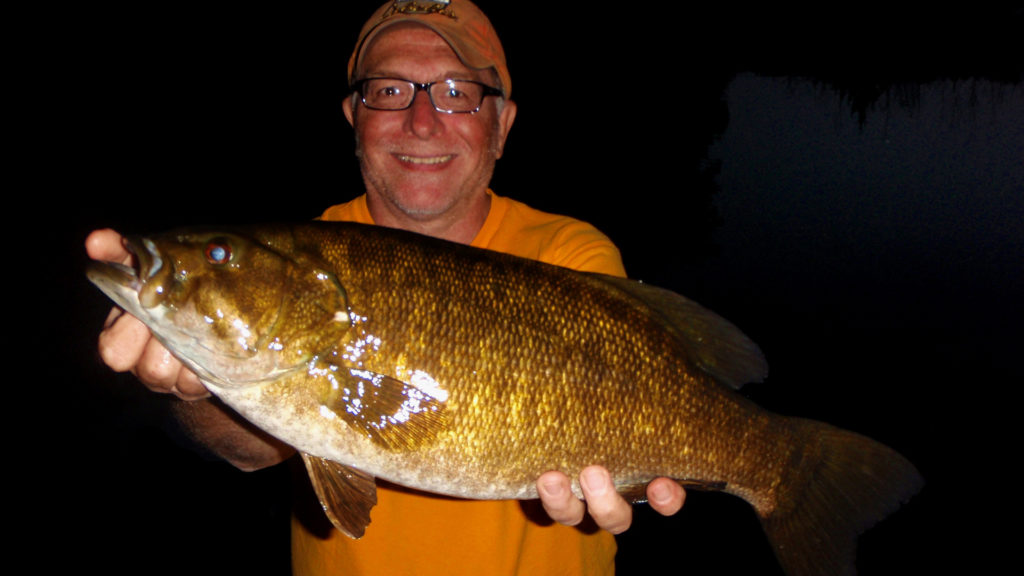
By fishing lakes that don’t turn over, you will be subjecting your fishing at lakes that could be high in fertility, with big bass. Pictured is frequent partner, Mike Piorkowski, with a personal best 22” that was boated from a shallow, bowl shaped lake that doesn’t stratify. Caught in late September, when all other lakes otherwise begin to turn over.
Targeting turnover bass in the shallows is an engaging style of combat fishing, best suited to power fishing applications. I catch largemouth and smallmouth in a couple different ways.
I keep an assortment of medium to medium heavy casting rods rigged with double willow spinnerbaits, chatterbaits, lipless crankbaits, squarebill crankbaits and swim jigs. The objective with these five is to quickly cover water. Make short to moderate casts with each, rip them along and through cover, and grind out bites for active fish. As water clarity on most lakes will be unimproved, I prefer fishing with dark colors, and ones that contrast best to the water I am fishing.
Probing the shallows will be a visually engaging experience. Always wear polarized glasses and look for obvious casting targets before settling on your next cast.
This time of season, presentation and profile of lure outweighs color. I prefer a double willow spinnerbait such as Freedom Tackle Corp’s. because its cone shaped head cuts though water, and oversized willow blades generate vibration. Meanwhile Chatterbaits such as Z-Man’s and Freedom’s have the same properties also, with the only difference is it can be retrieved slower and deeper. For a different approach, a Super-K Jigs swim jig paired with a creature bait or wide thumping paddletail trailer is a top producer that works in all areas. Additionally, so too is a lipless crankbait, with my all time favorite being a noisy 3/8 oz. and ½ oz. Strike King Red Eye Shad. Cast and burn it back to boatside with several rips at the 10 to 12 o’clock position in between.
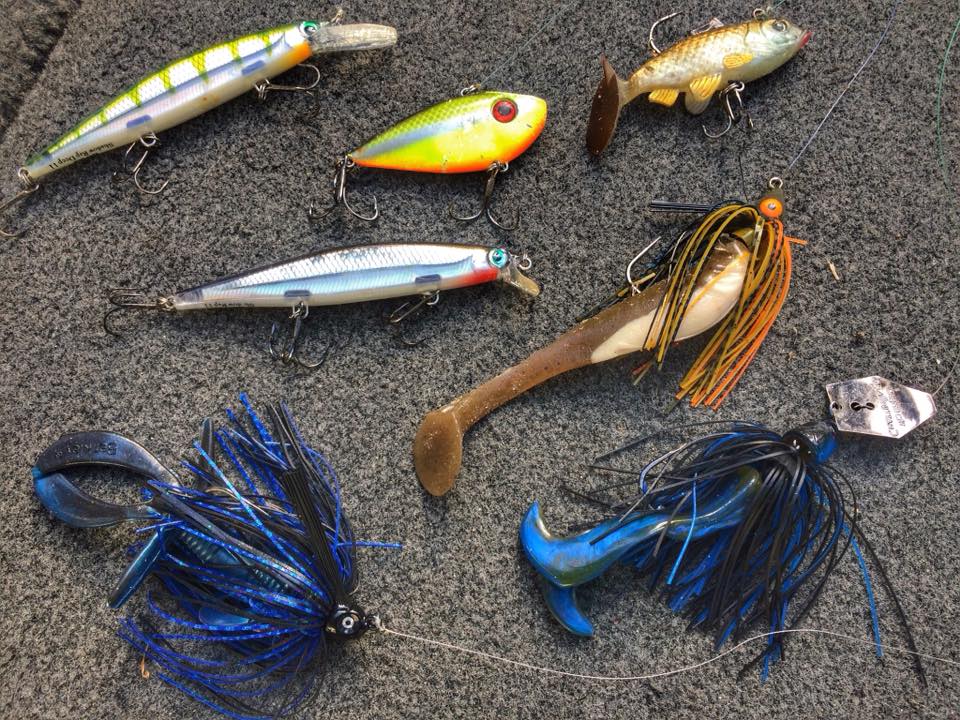
Once I encounter heavier concentrations of bass I’ll slow down my approach and actually favor flipping and pitching jigs with gaudy creature trailers. For additional finesse, I also enjoy altering my casting game to 7ft. medium heavy fast action spinning rods spooled with 20 lb. Cortland Masterbraid, and flinging 1/8 oz. weedless VMC Wacky Head jigs with a favored dark color 5” stick bait. This set-up is my insurance policy, and loads up on bites quickest of all.
These strategies assure you turnover is no time to panic. All it takes is adjusting your fishing style to meet the location and moods of bass.
As fish cope with turnover, so too must anglers. You can either fight it or deal with it. Or you can avoid it altogether, my preferred option.
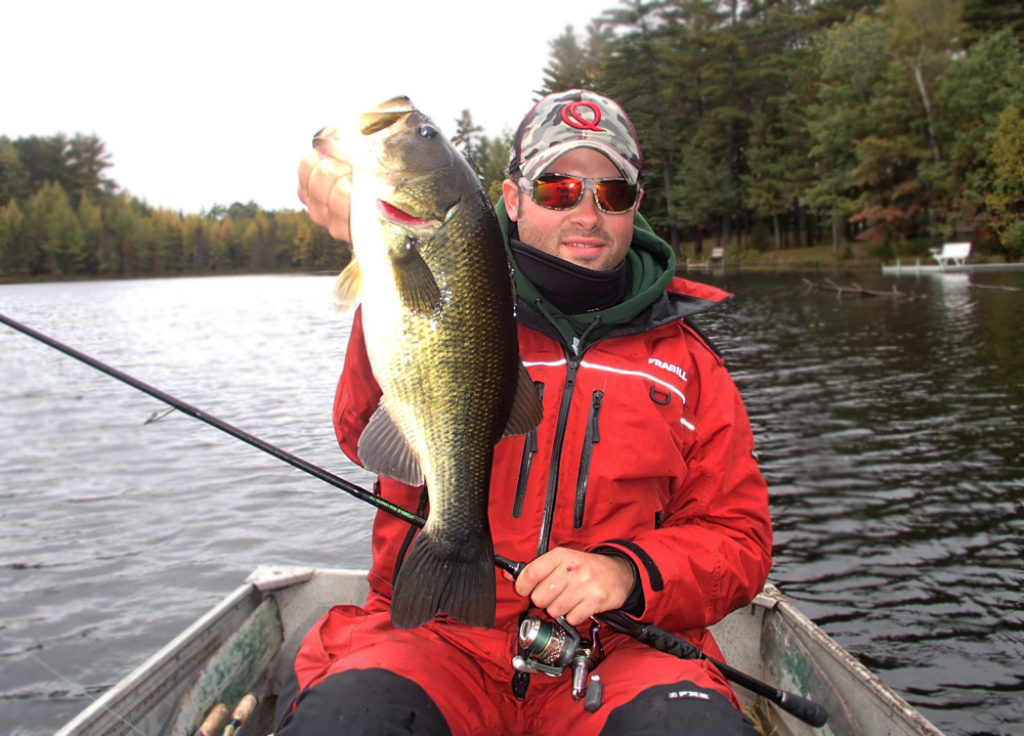
Avoid it like the Plague
The best fishing advice I ever received was to stay away from girls, as they will interfere with fishing. Of course, I didn’t listen to that. So the next best advice I ever got was to always avoid turnover, because by doing so you will simply catch more fish. I listened, and it’s true. You can always fish ahead of it, or behind it. I do my best to avoid the turnover every fall season.
Turnover leads to difficult fishing conditions and increasingly greater odds of lock-jawed bass. Luckily I’ve found ways to combat this problem thanks to the availability of lakes I have to choose from in my region of northern Wisconsin. Whether you bass fish in Wisconsin, Michigan, Minnesota, Ontario or any other lake-rich state or region, you will have no shortage of other lakes to fish.
Among the hundreds and thousands of lakes I have available, many of them never stratify. These waters are too shallow, and are wind and current driven waters that don’t develop that lower layer necessary to form a summer thermocline. Consequently, turnover doesn’t exist and their bass fishing can be excellent all throughout fall without such biologic interruptions. Fish these places without any worry.
Lakes that don’t stratify are typically natural shallower bowl shaped lakes, and elevated drainage lakes that are shallower than 25 feet. Most are mesotrophic lakes with clear water, hard bottom, less vegetation, and moderate fertility. Most of these waters are seepage lakes, meaning they have no inlets or outlets to connected streams and other waterways.
These waters usually have a combined smallmouth and largemouth fishery where good action and average sizes are the norm. However, that will not always be the case. If the lake is more muck bottom, expect largemouth. Meanwhile if infertile with hard bottom, expect smallmouth. On these mesotrophic lakes, bass will be active and caught from all depths. Fall fishing locations won’t be obvious on any map, but steep breaklines and shorelines, deep (remaining green) weed edges, fish cribs submerged in average depths of 12 to 15ft. and rock and hard bottom within close proximity to the lake’s deepest basin will serve as staging and wintering locations.
In addition to these middle aged natural lakes, even shallower boggy and swampy eutrophic lakes are options too. These waters are my year-round favorites for abundant largemouth bass.
Eutrophic lakes are exceptionally fertile, shallow, warm year-round and heavily vegetated. Seldom deeper than 10 to 15 feet, they are bowl shaped and often lack well defined structure. Some of these waters are seepage lakes, while most are drainage lakes that get fed by small creeks and streams. They tend to have silted muddy bottoms, high concentrations of nutrients, and may feature boggy and heavily submerged wooded shorelines and tannic stained water. Often, there is no shortage of emergent and submergent vegetation in them either. And since they are shallower, darker waters, they tend to cool at a more rapid pace in fall than all other lake types.
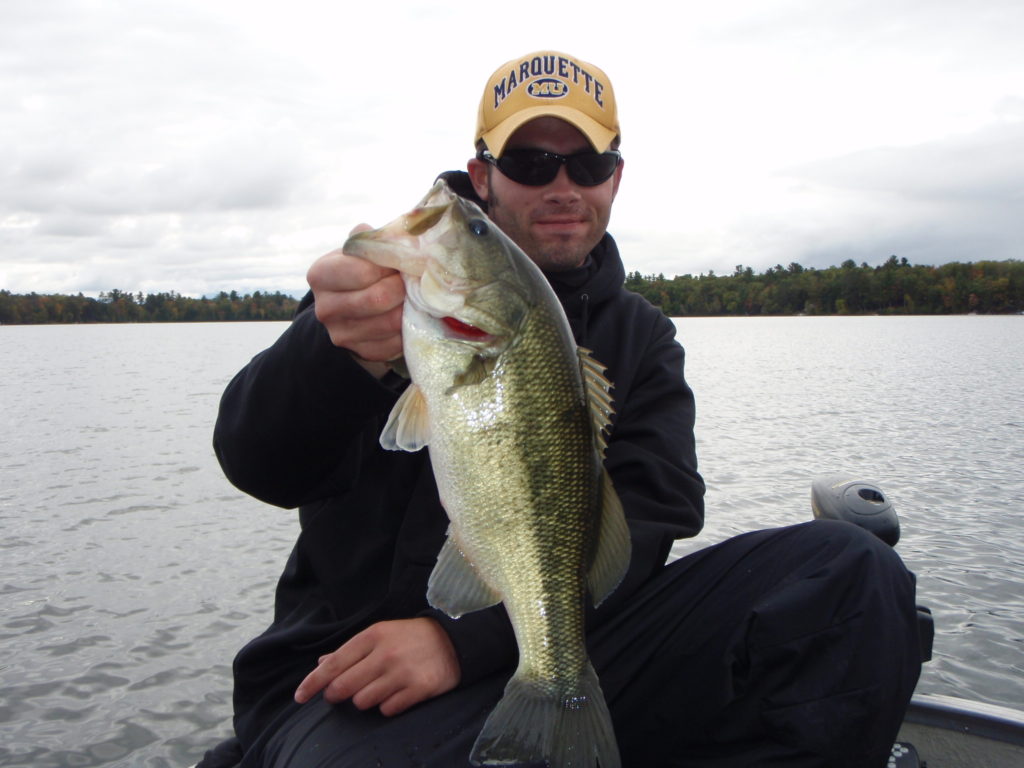
Besides fishing the middle aged natural lakes, even shallower boggy and swampy eutrophic lakes are options too. These waters are my year-round favorites for abundant largemouth bass due to high fertility, fast growth rates, and usually unpressured fishing.
Large reservoirs and flowages that have constant wind and current will not typically turn over. Many of the ones I fish rarely have original lake beds, and river and creek channels that are deeper than 30 ft. Rivers especially will never turn over either. On these waters, smallmouths can be heavily concentrated and staging in deep holes, along channel edges, deep rock piles, rip-rap banks, and the steepest breaklines that can be located. Being able to fish river environments during the traditional turnover period of early October has been able to extend my bass fishing season, and allows me to fish under normal, uninterrupted circumstances throughout fall. Rivers and flowages have provided me with some of the greatest, most memorable banner days of fall bass fishing I’ve ever experienced.
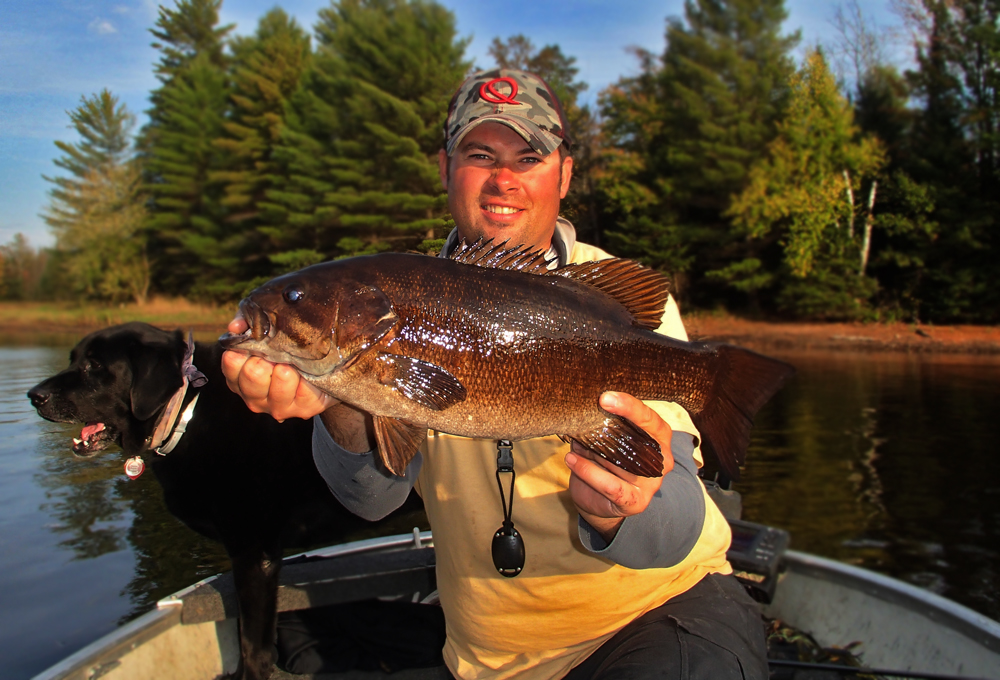
Fishing river environments during the traditional turnover period of early October has been able to extend my bass fishing season, and allows me to fish under normal, uninterrupted circumstances throughout fall. Rivers and flowages have provided me with some of the greatest, most memorable banner days of fall bass fishing I’ve ever experienced.
Always consider that not every lake experiences turnover such drastically, and at the same time. When bass fishing from mid September through mid October, always try to find lakes that experienced turnover a week or two earlier, or have yet to turn. This will guarantee you of fishing ahead and behind it. For the best overall bass fishing experience possible, especially look for waters that don’t stratify such as the alternative lake types I’ve described. This will assure you avoid it like the plague.
Fall turnover can be either a feast or famine period of season for bass fishing. Good anglers will learn to combat it, while other anglers will consider it to be just another excuse for poor fishing. When faced with the inconveniences of turnover, you can either fish it or avoid it. Base your lake selections and strategies around this traditional 1-2 week long period. Solutions to combat it and save your fall fishing trips are possible and available in every direction.
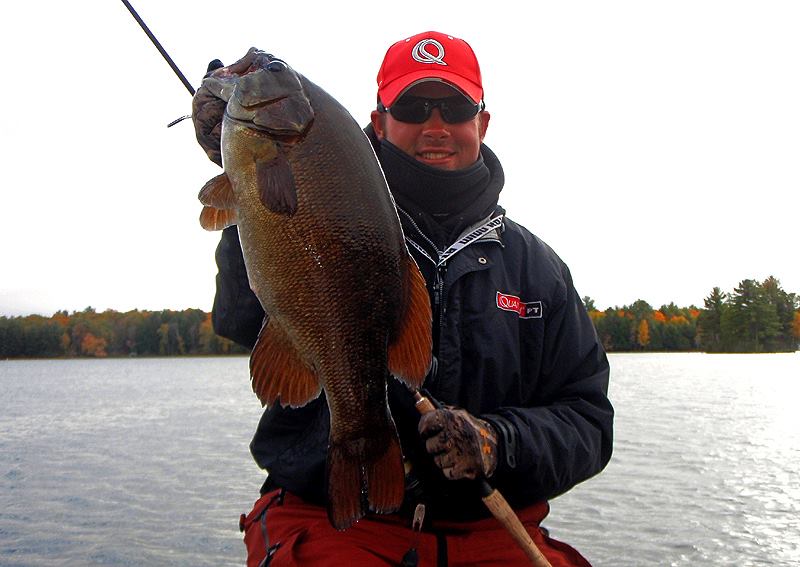
Among the hundreds and thousands of lakes I have available, many of them never stratify. These waters are too shallow, and are wind and current driven waters that don’t develop that lower layer necessary to form a summer thermocline. This 21 inch smallmouth was caught from a shallow mesotrophic lake where maximum depth is only 15 feet. Lakes this shallow will never turn over!


